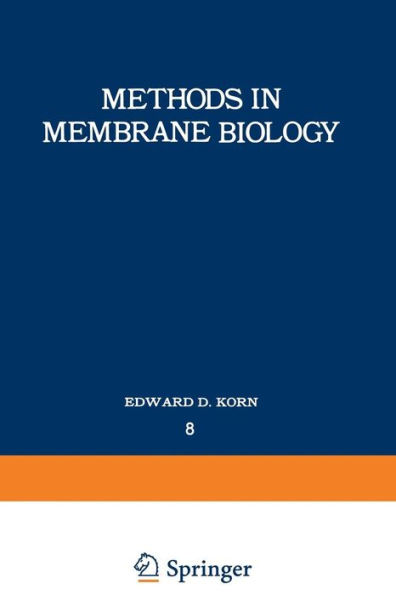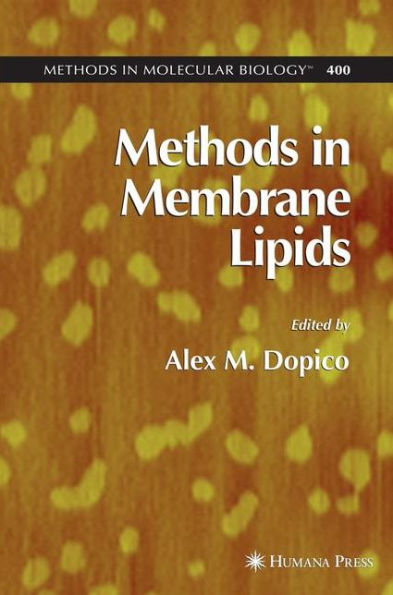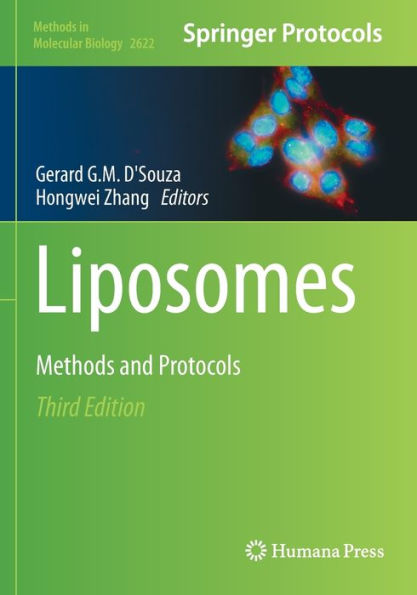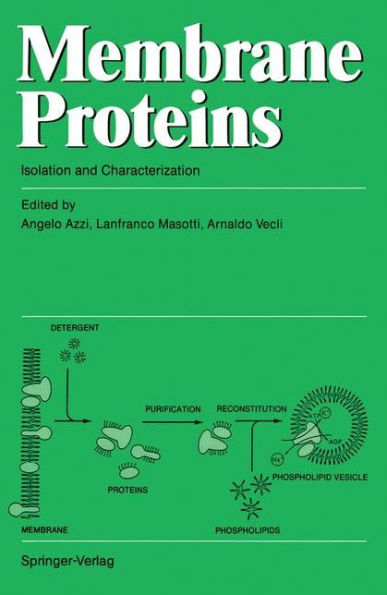Home
Methods in Membrane Biology: Volume 8
Loading Inventory...
Barnes and Noble
Methods in Membrane Biology: Volume 8
Current price: $54.99


Barnes and Noble
Methods in Membrane Biology: Volume 8
Current price: $54.99
Loading Inventory...
Size: OS
*Product Information may vary - to confirm product availability, pricing, and additional information please contact Barnes and Noble
Although not the only volume in this series in which lipids are discussed, the present volume is devoted entirely to methods for the study of membrane lipids. Even now, when membrane proteins are properly receiving so much attention, this emphasis on membrane lipids is appropriate. Essentially all of the phospholipids and sterols of cells are in membranes. Moreover, although membrane proteins are certainly of utmost importance, the more we learn about the functional properties of membrane proteins, the more we appreciate the unique features of phospholipids, without which biological membranes would be impossible. The hydrophobic-hydrophilic duality of phospholipids allows, indeed requires, their association, in an aqueous environment, into an essentially two-dimensional membrane-only molec ularly thick in one dimension but relatively infinite in the other two; a structure composed of small molecules, not covalently linked, and therefore, infinitely mobile and variable, but yet a structure with great stability and one largely impermeable to most biomolecules. These membrane-forming properties are shared by many amphipathic polar lipids-phospholipids, glycolipids, and sphingolipids-that differ significantly from each other in the nature of their polar head groups and their fatty acids. These variations in structure allow a range of specific interactions among membrane lipids and between lipids and proteins and also provide for membranes of variable, but controlled, fluidity. In this way, phospholipids provide an appropriate milieu for functional membrane proteins and also significantly modulate their catalytic activities.


















